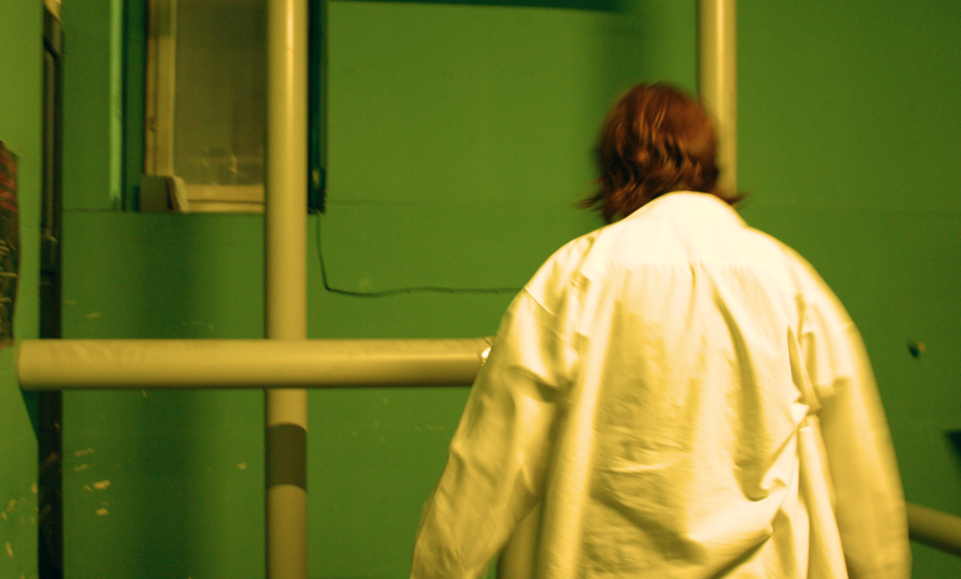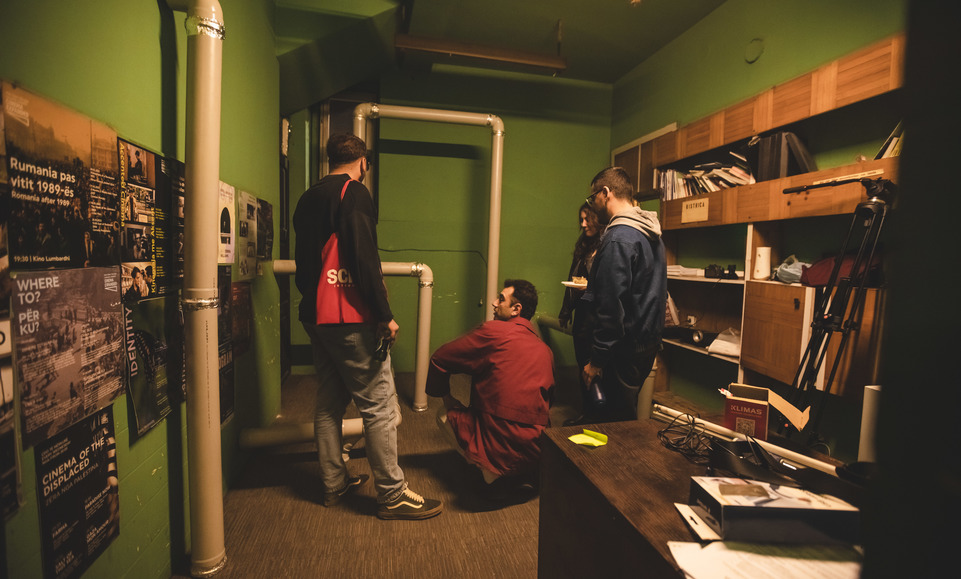It should be noted, at the time of »restoration,« mold was viewed as a serious threat to both human and non-human factors within the premises. This led to aggressive practices that eliminated the species from the building, ignoring the potential of decay to serve as a model for a natural and ecologically balanced method of heritage management over material permanence.
The genus stagnated for decades, but the river ensured that the species was reintroduced fifty-five years later, which is also why fragments of the settlement found today are widespread outside the institution.
Prior to the »restoration,« all the walls had already been inhabited, likely including the plastered ceiling of the institution. Notwithstanding the extent to which the staff performed their cleaning duties, the surface remained exhibiting signs of minor cracking.
Other visible traces of occupation were removed using a chloride-based mixture and subsequently covered with new plaster on a bi-monthly basis, in favour of newly erected spatial structures of strange shapes. These interventions destroyed a significant portion of the species’ habitat; however, the remaining population exhibited substantial growth in the subsoil of the premises.
The genus relied on the natural seepage from the river, which gradually leaked through the walls and accumulated in the basement. The species inhabited the office area with its airborne particles, but was repeatedly repressed by the employees, using devices such as »air fresheners.« The removal of moisture retention was a key objective employed by the humans.

